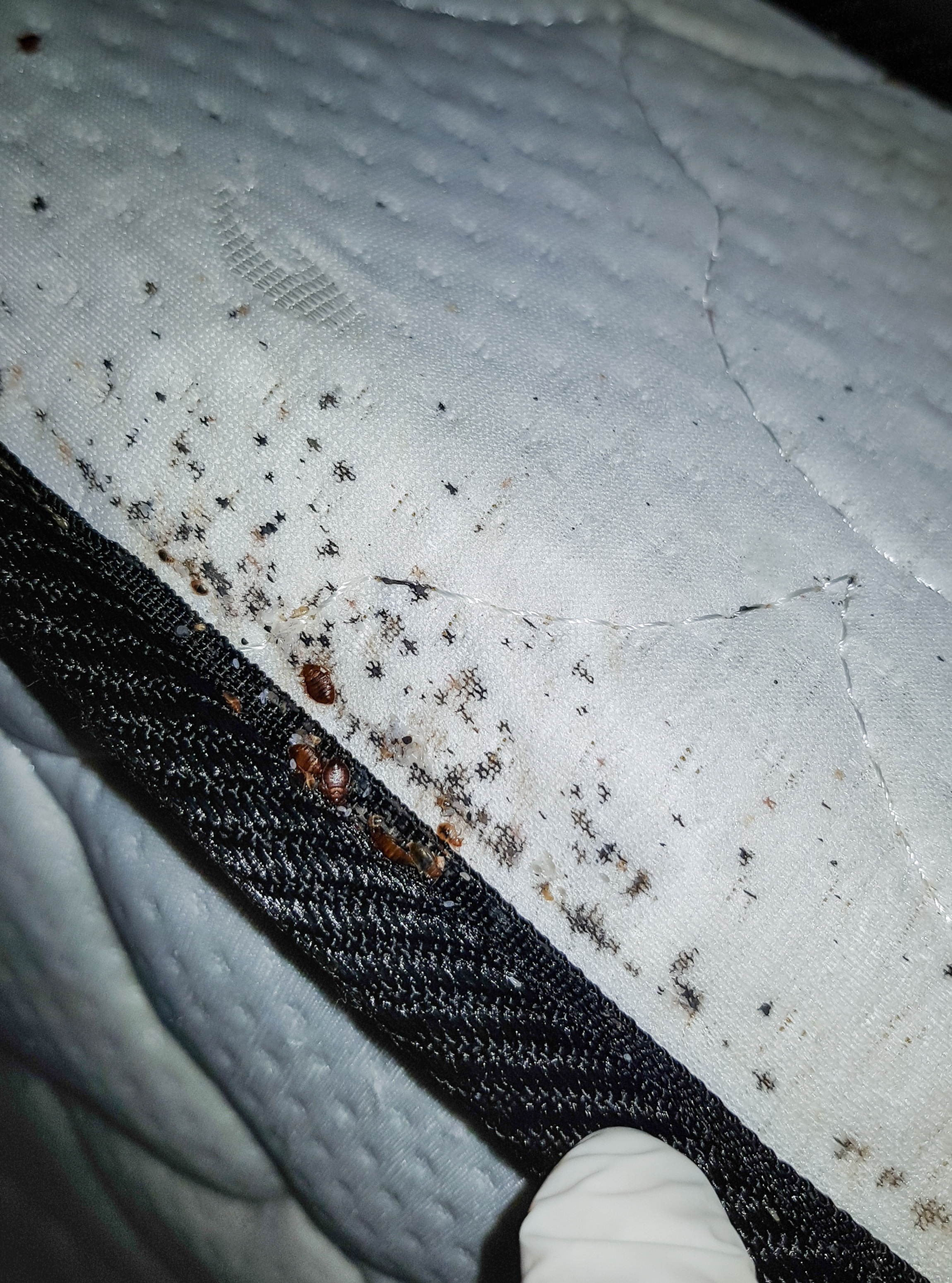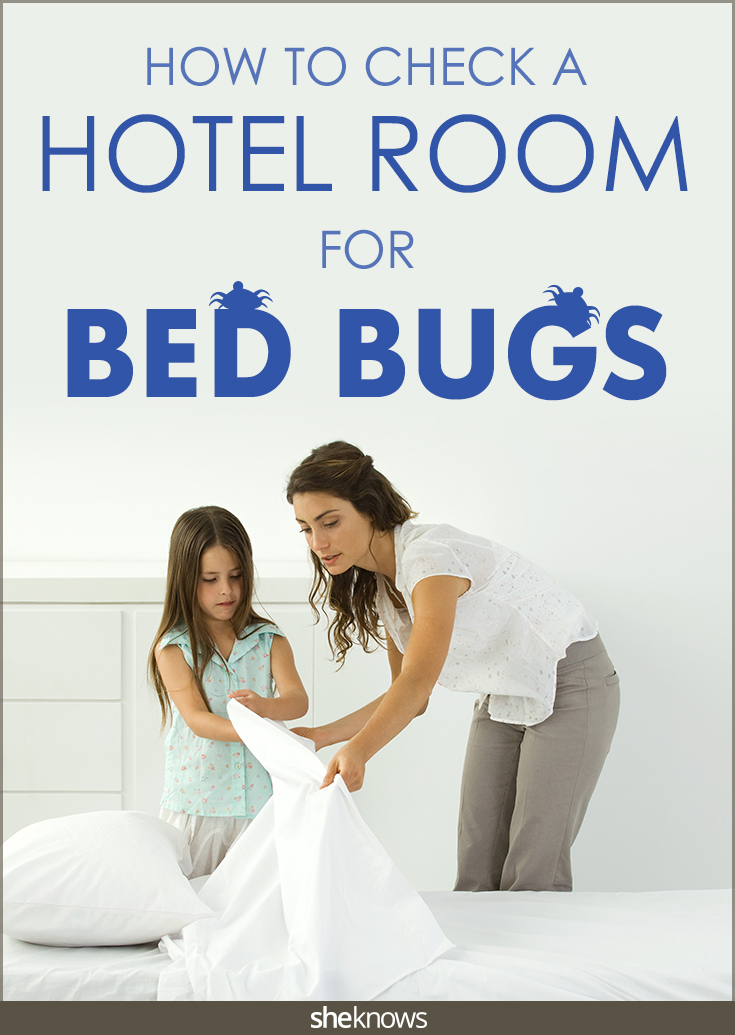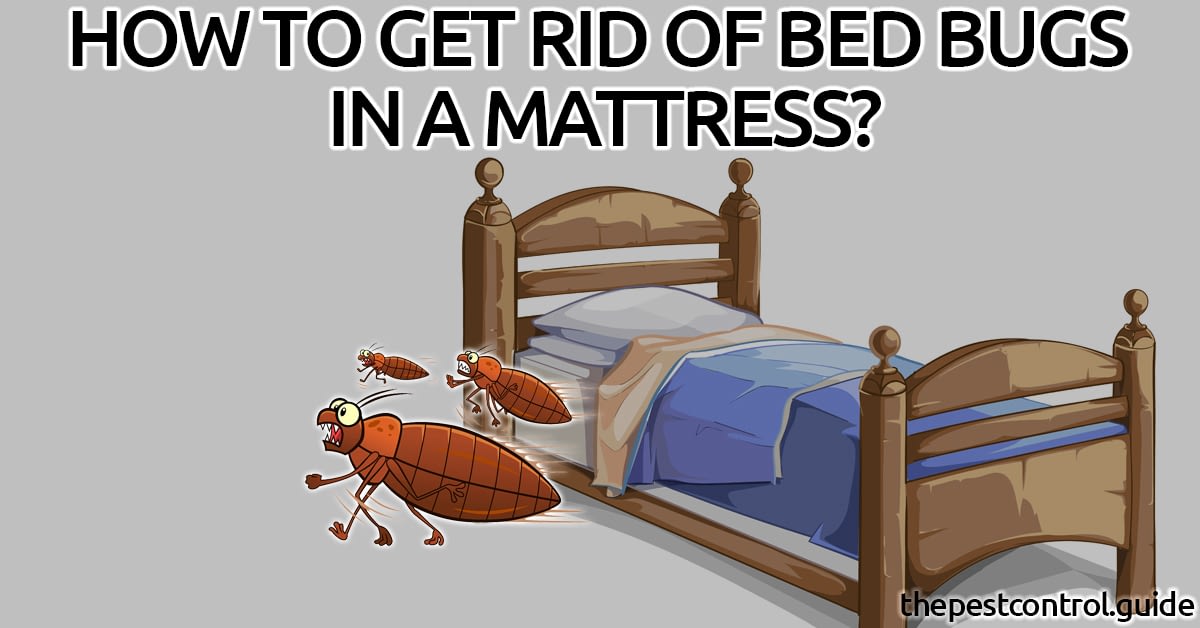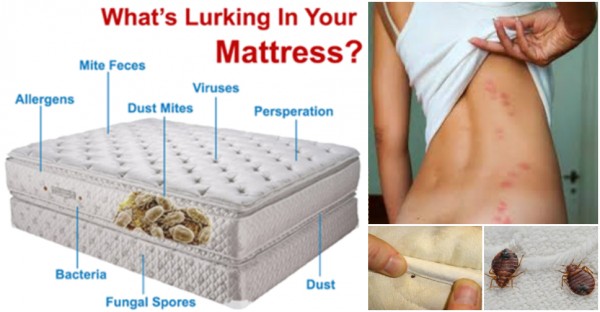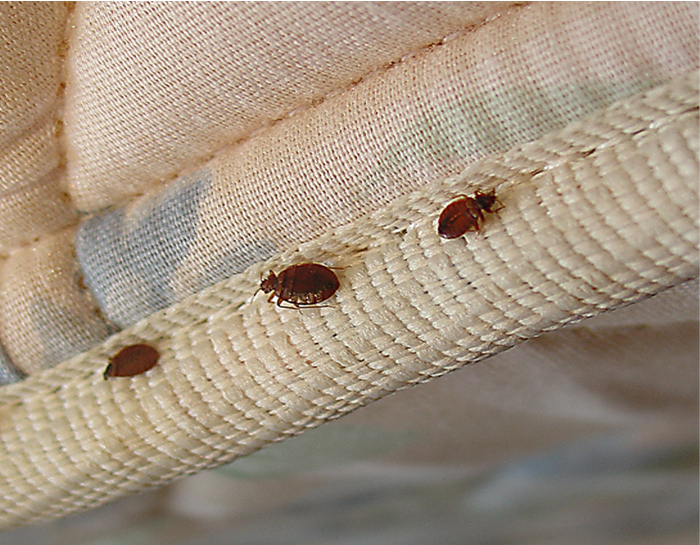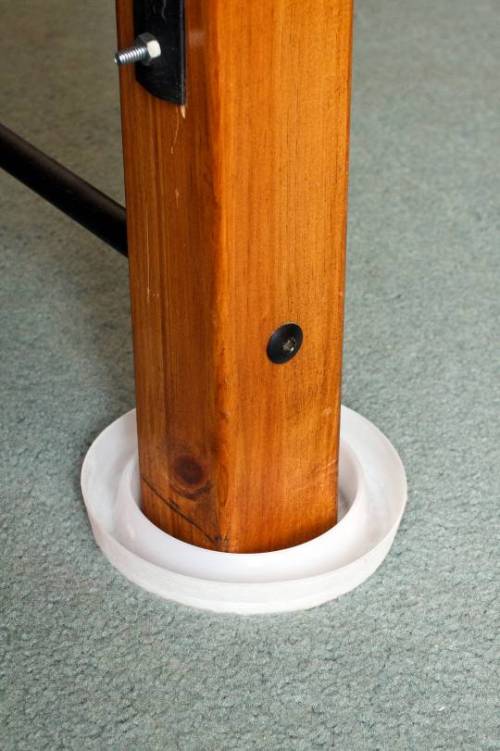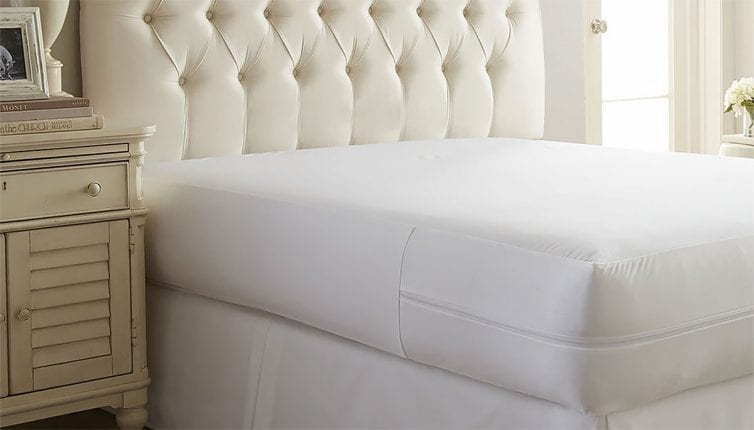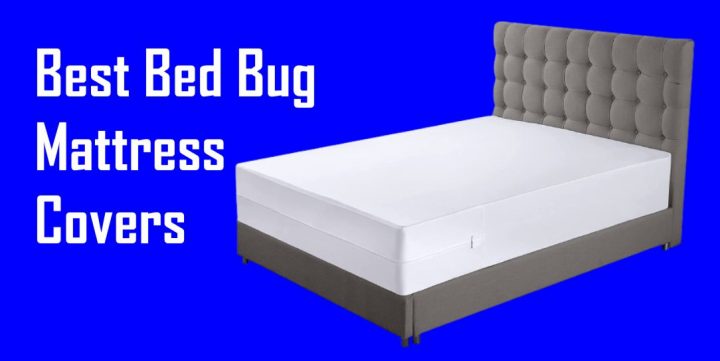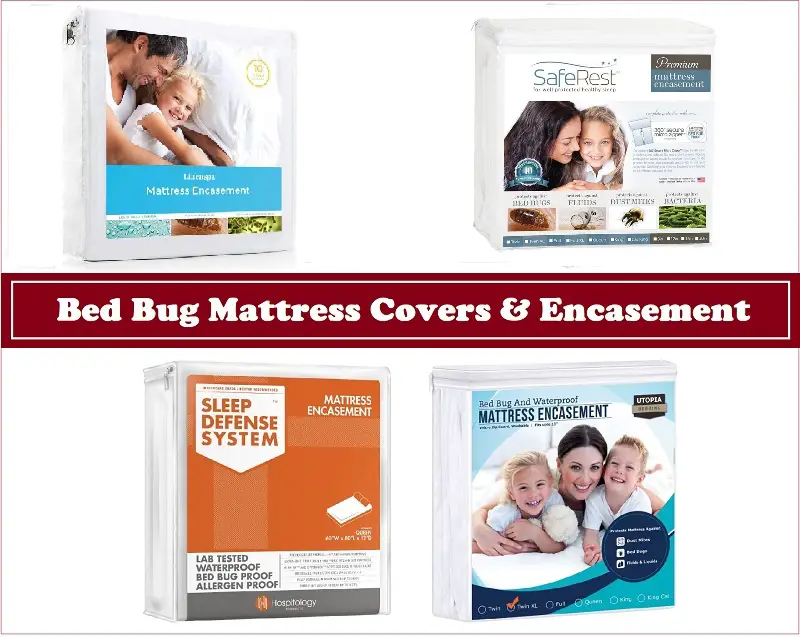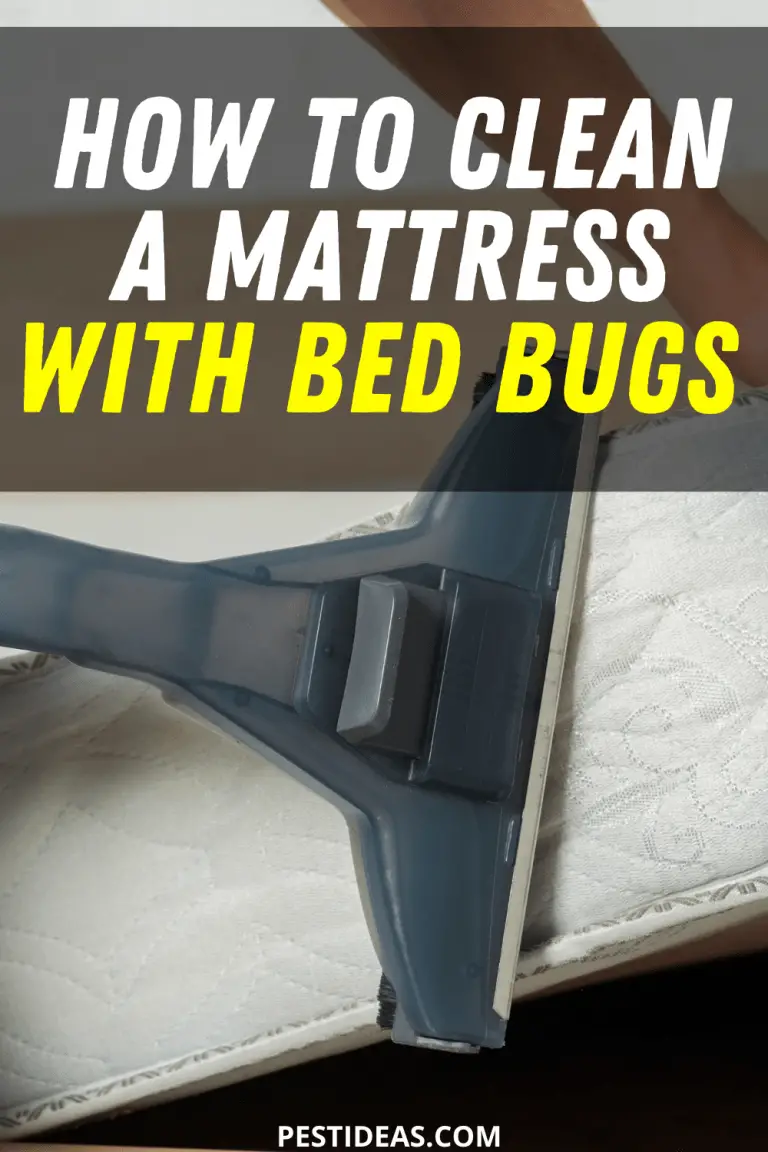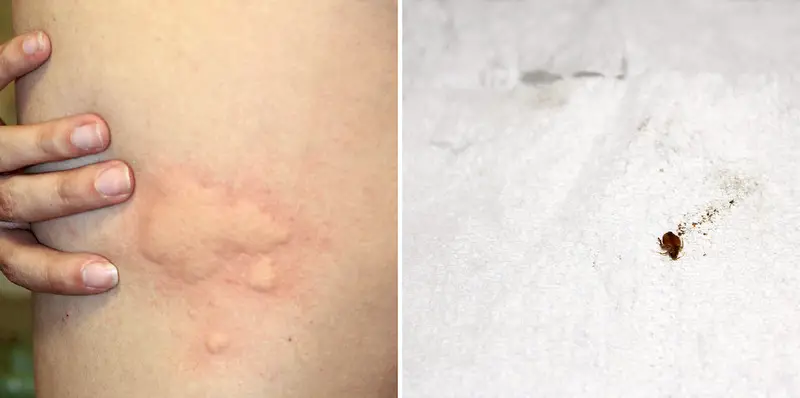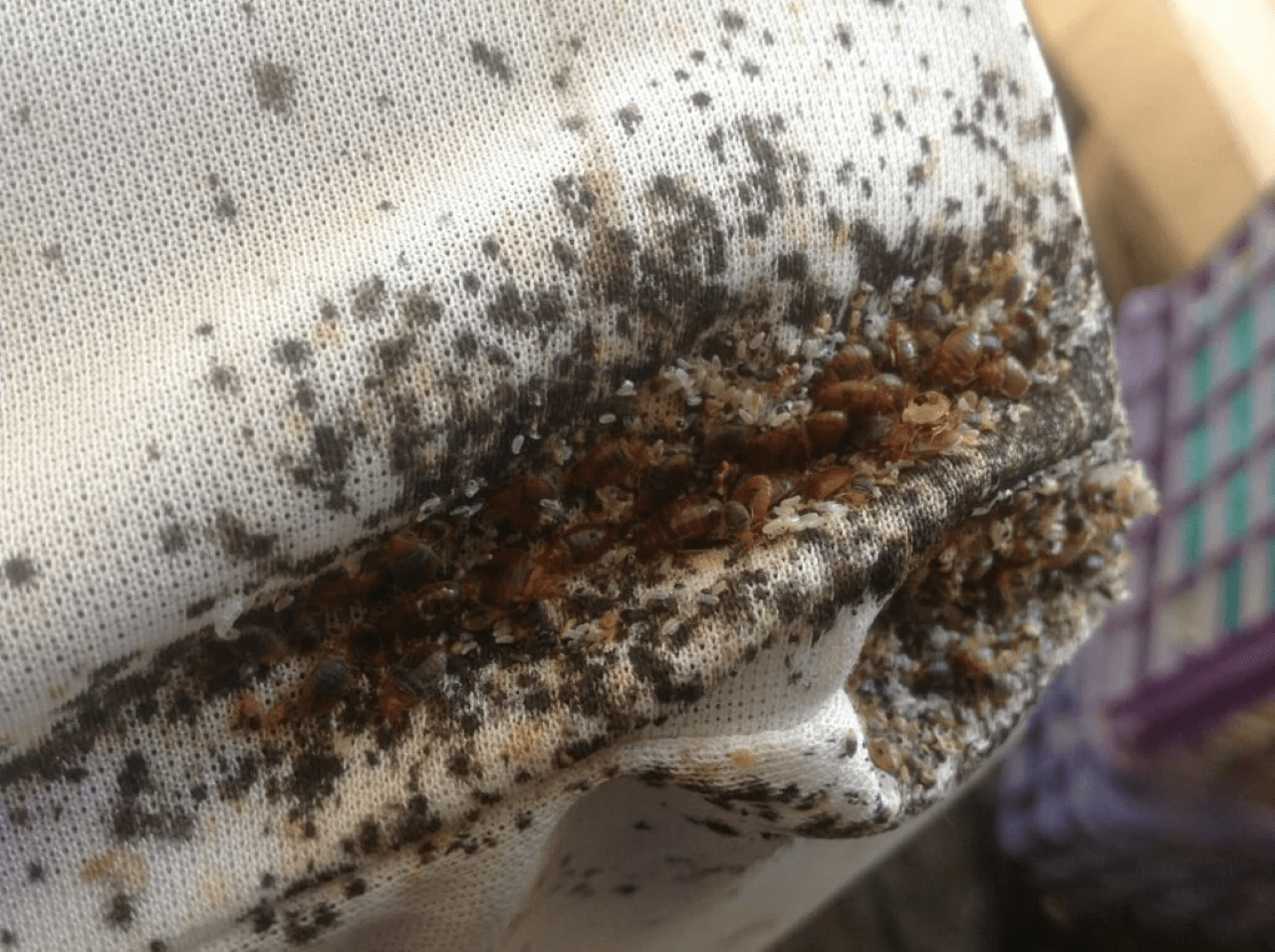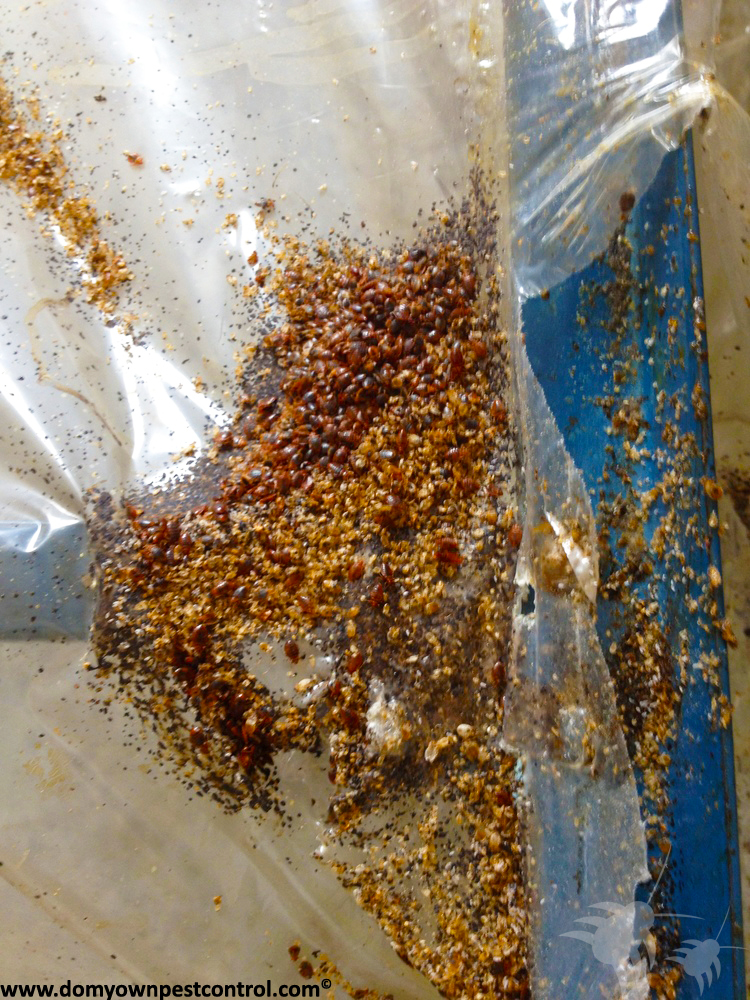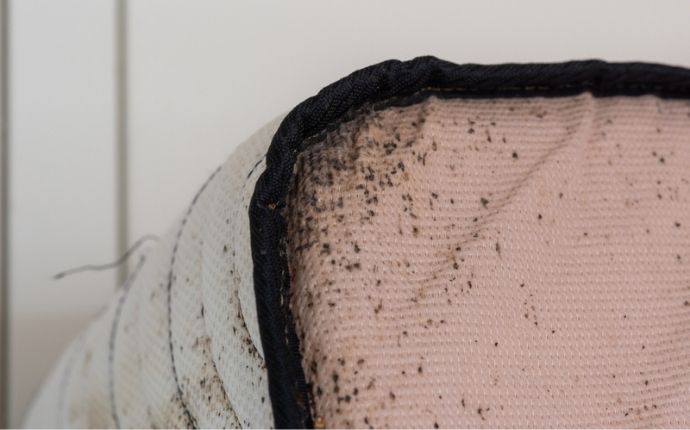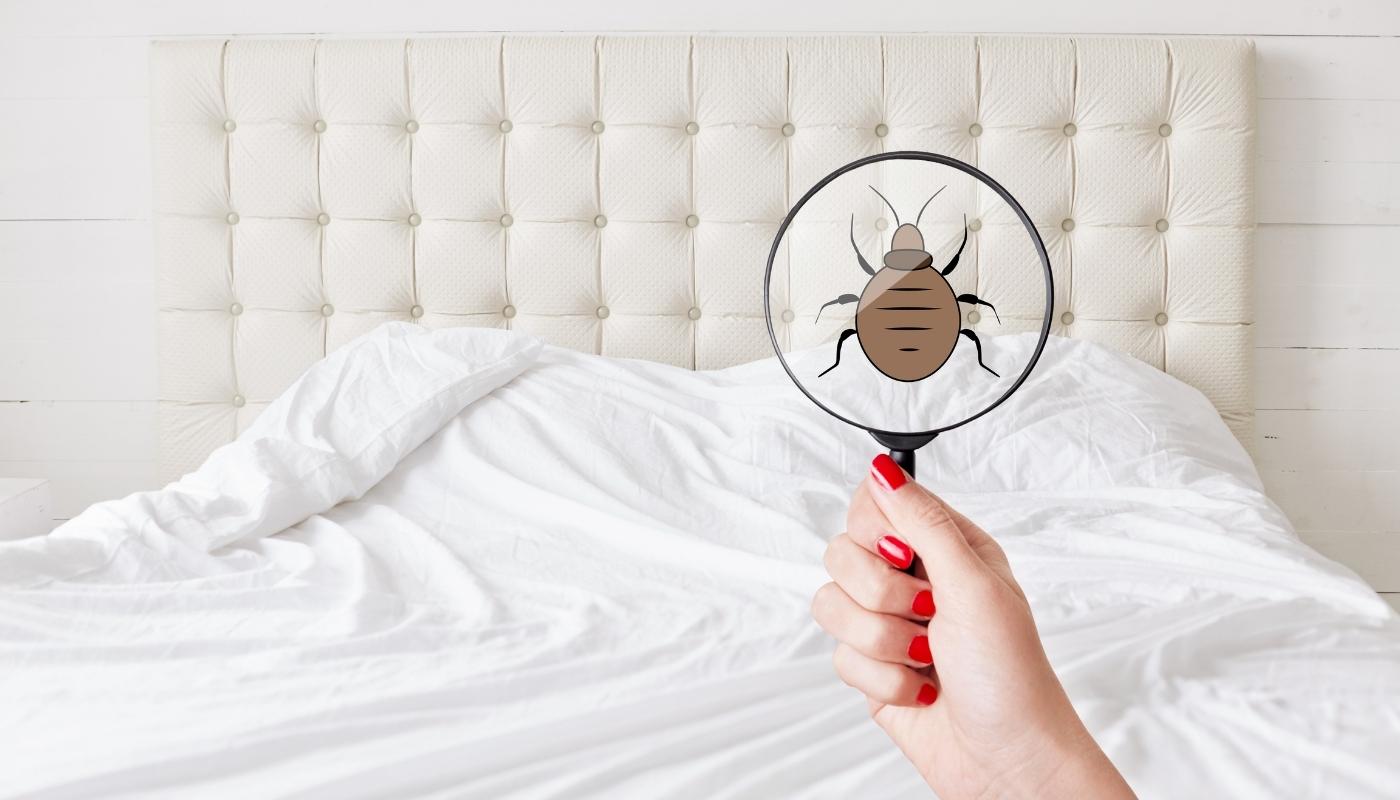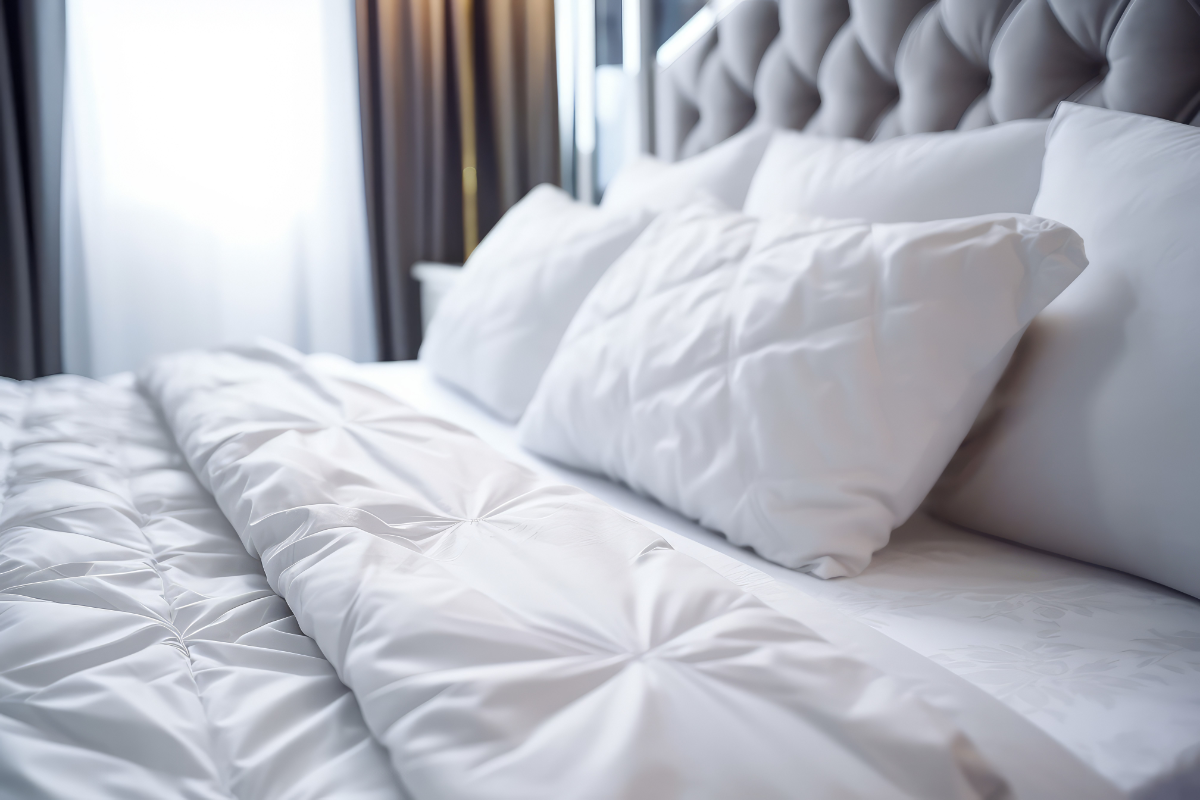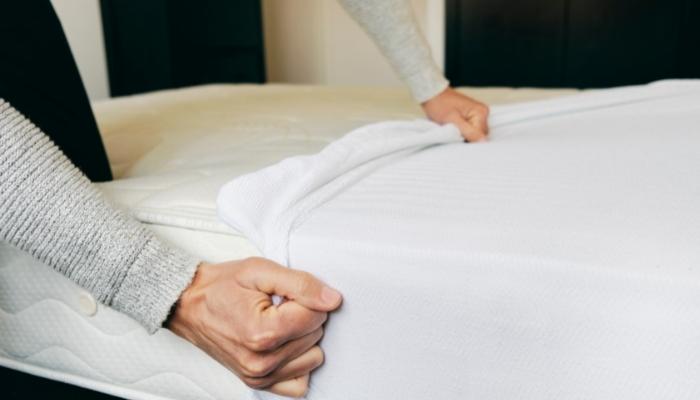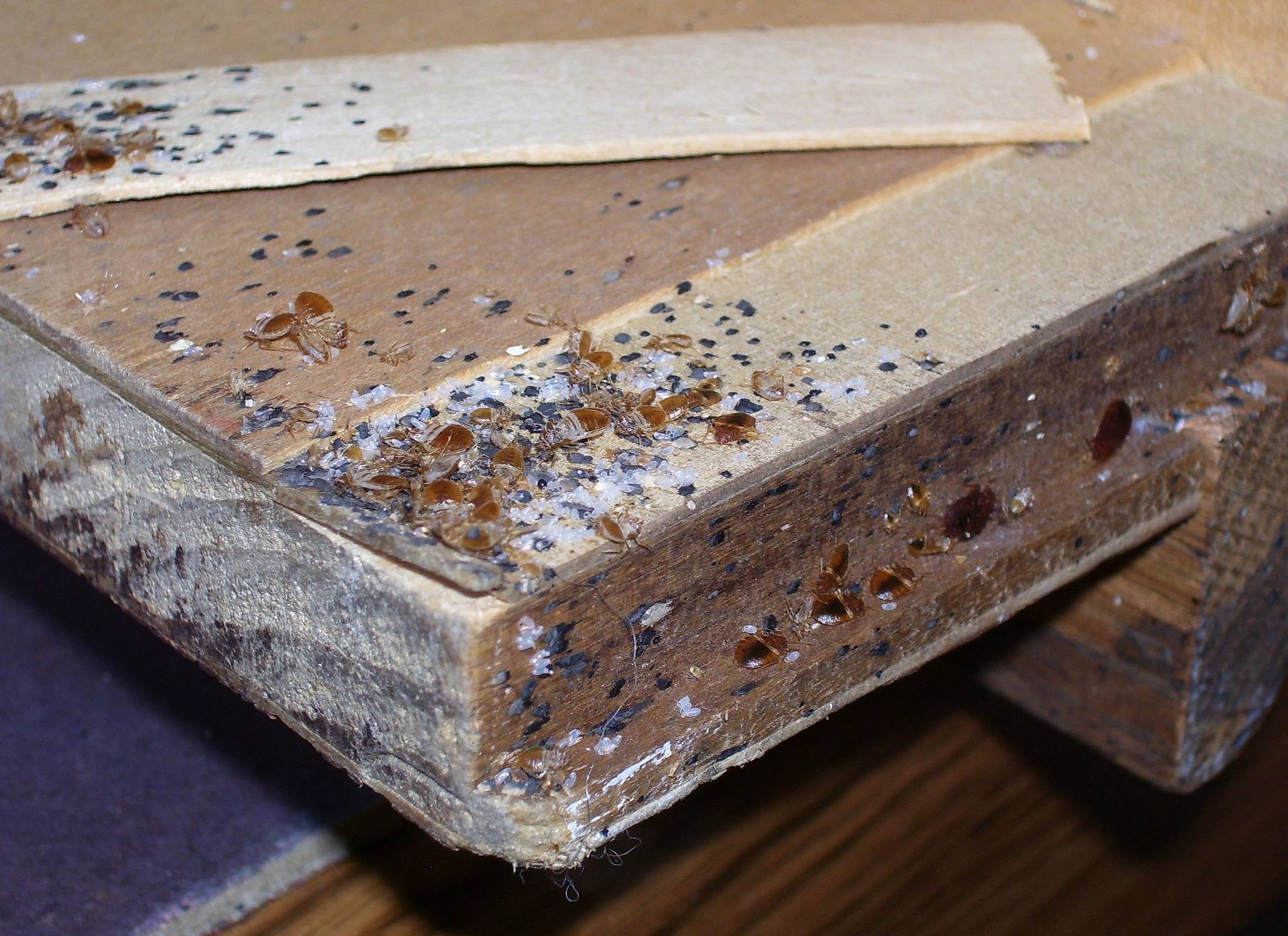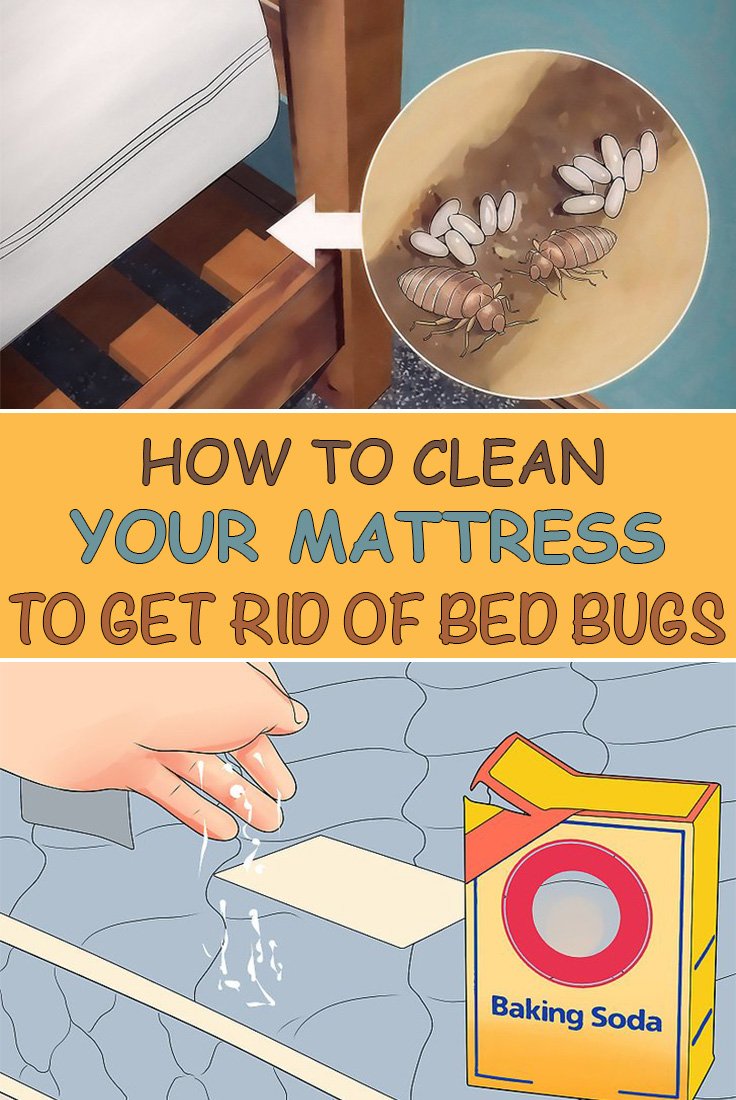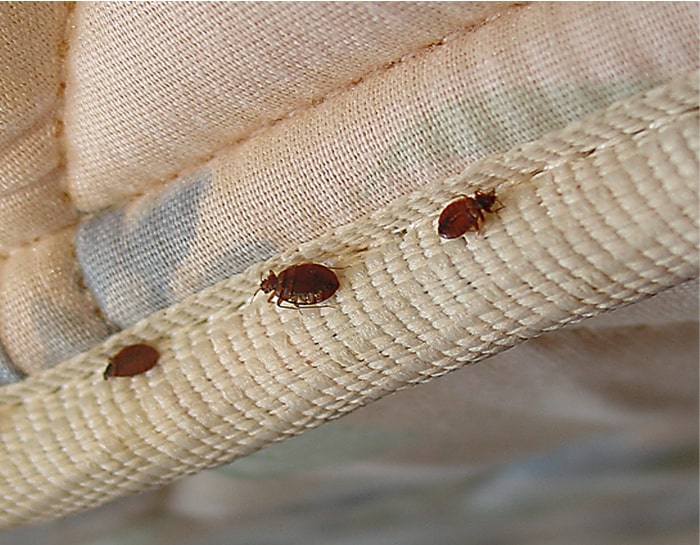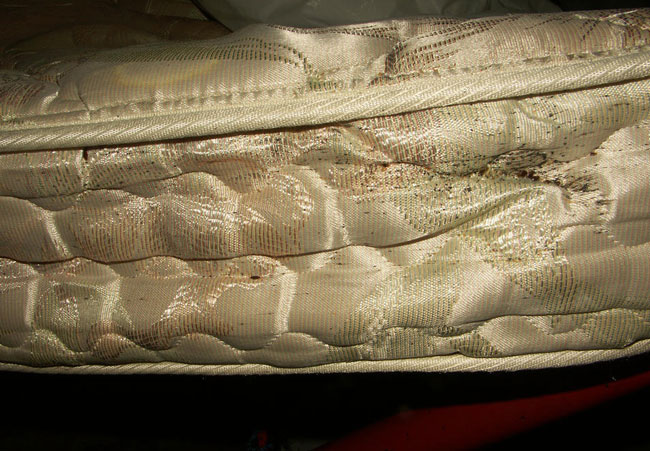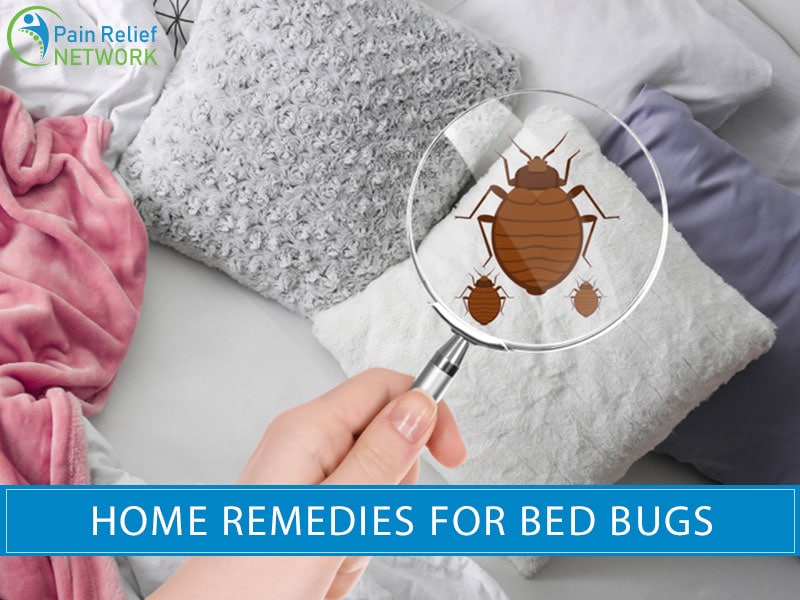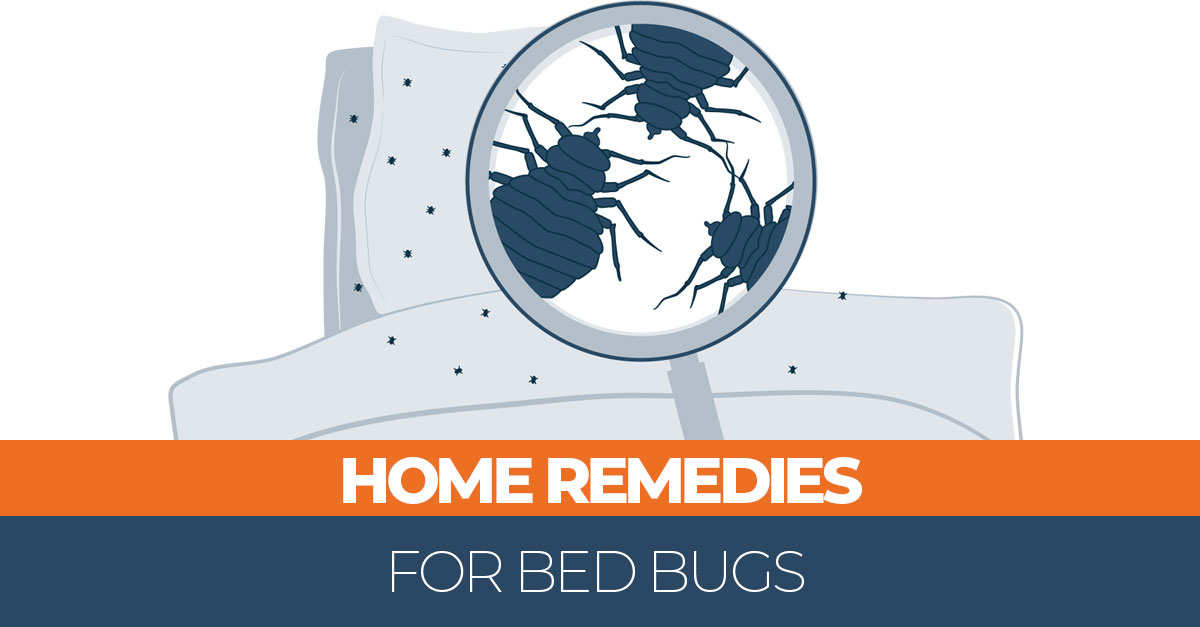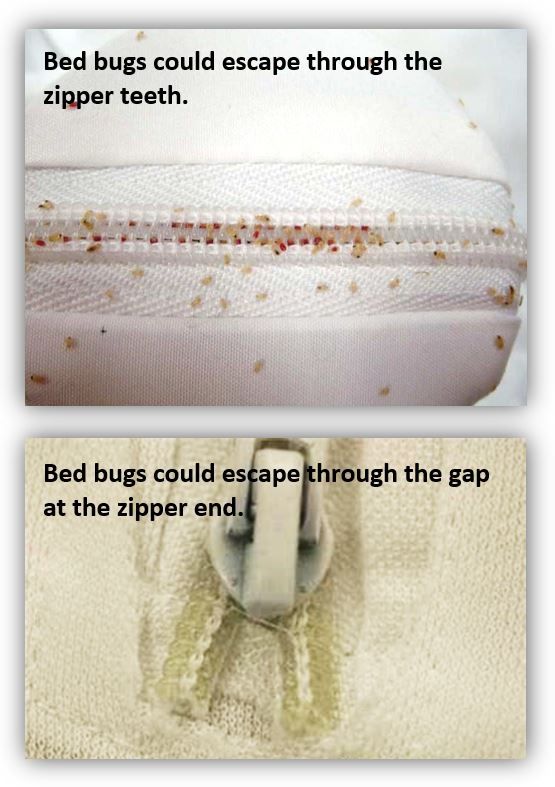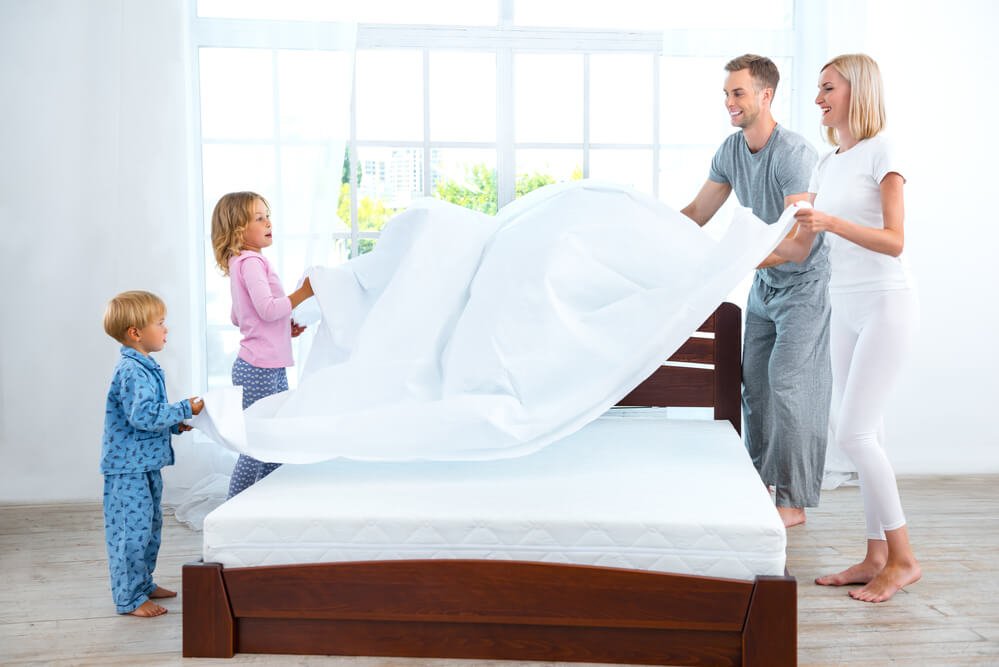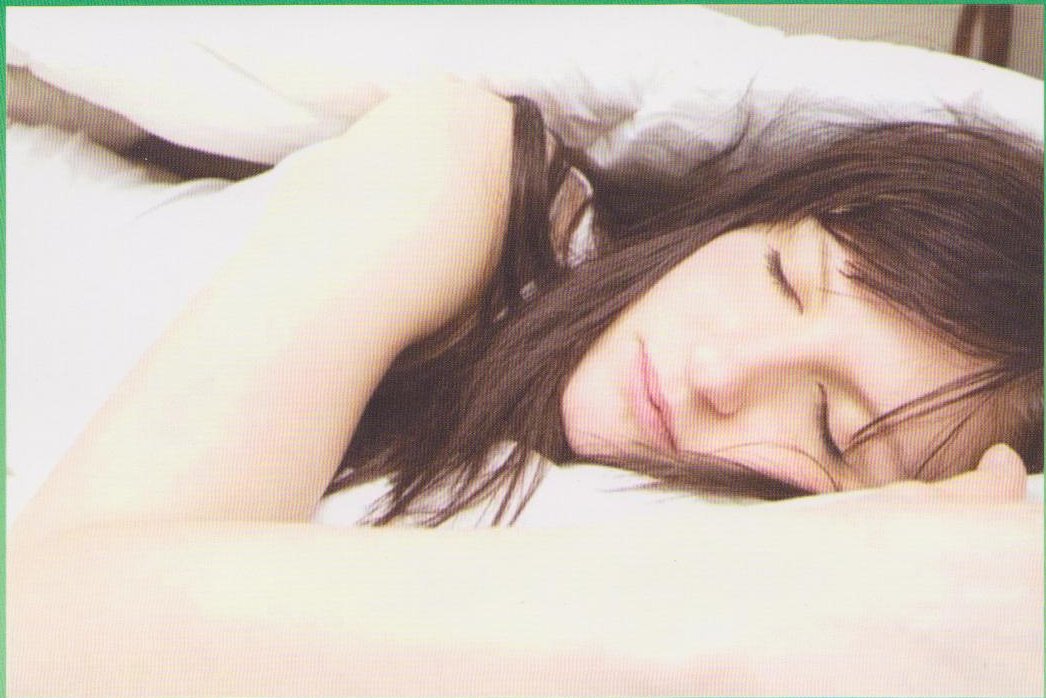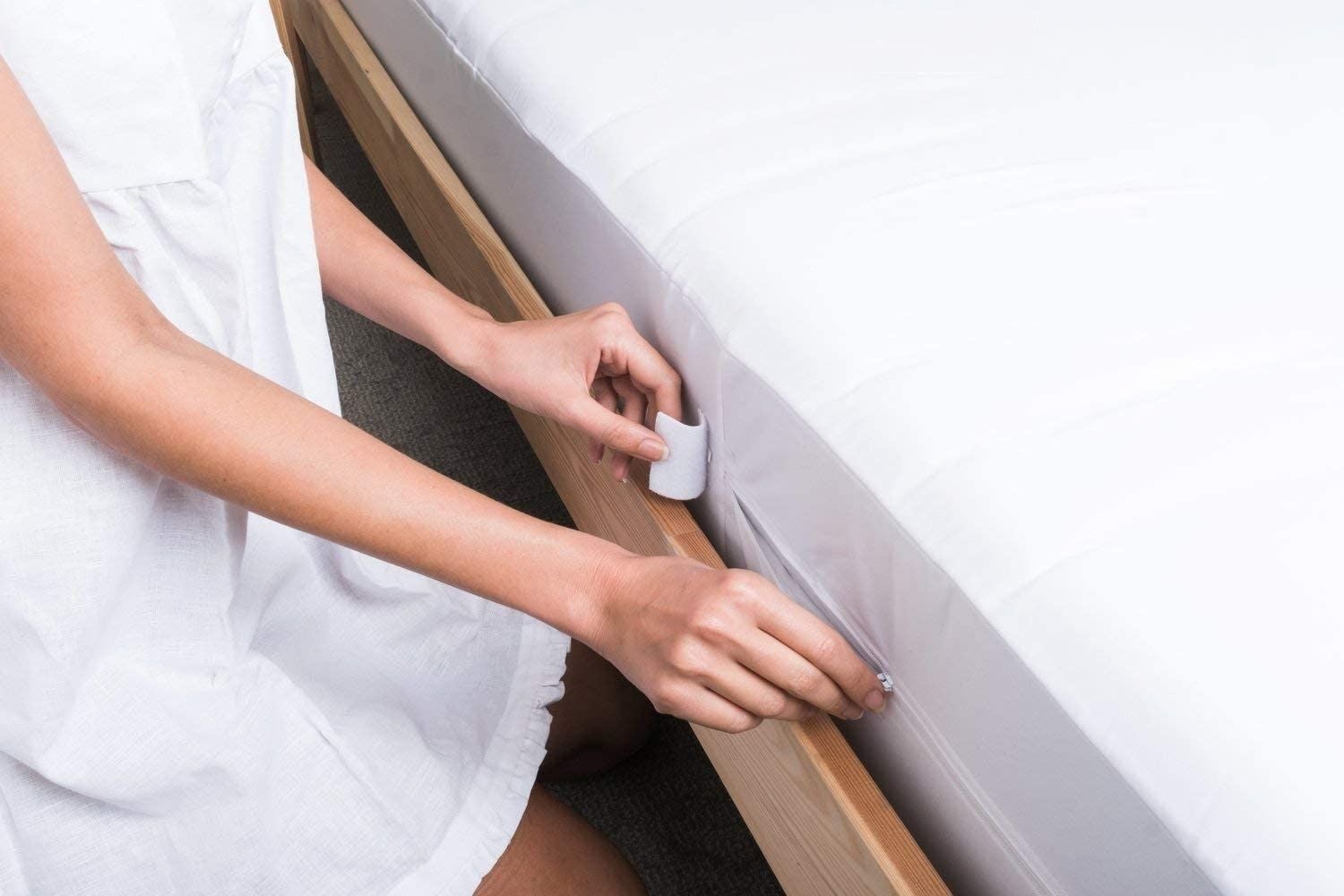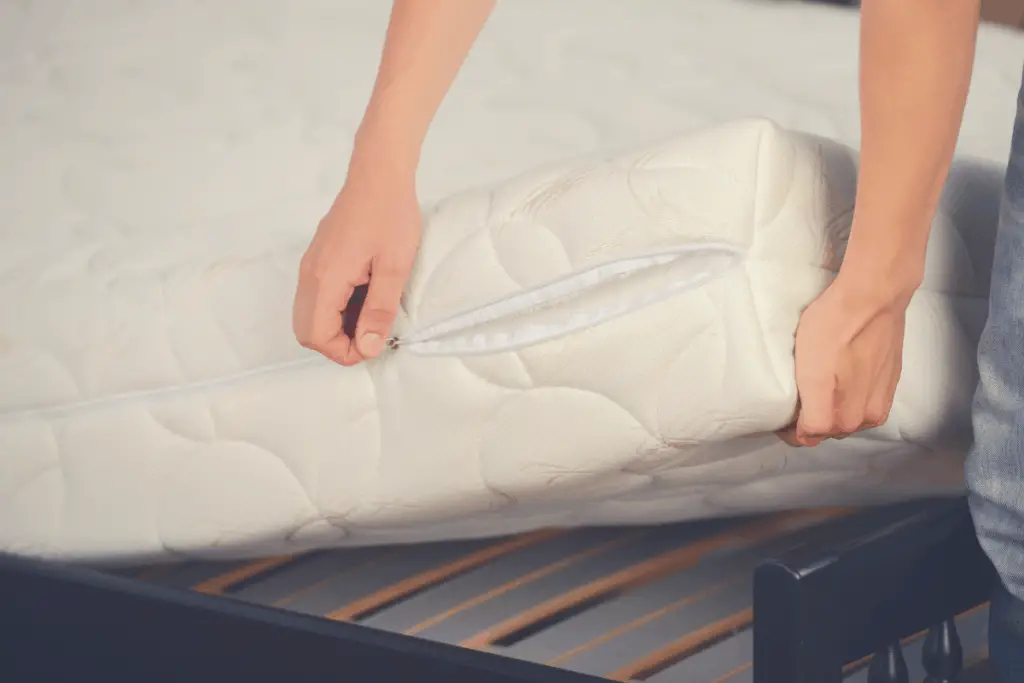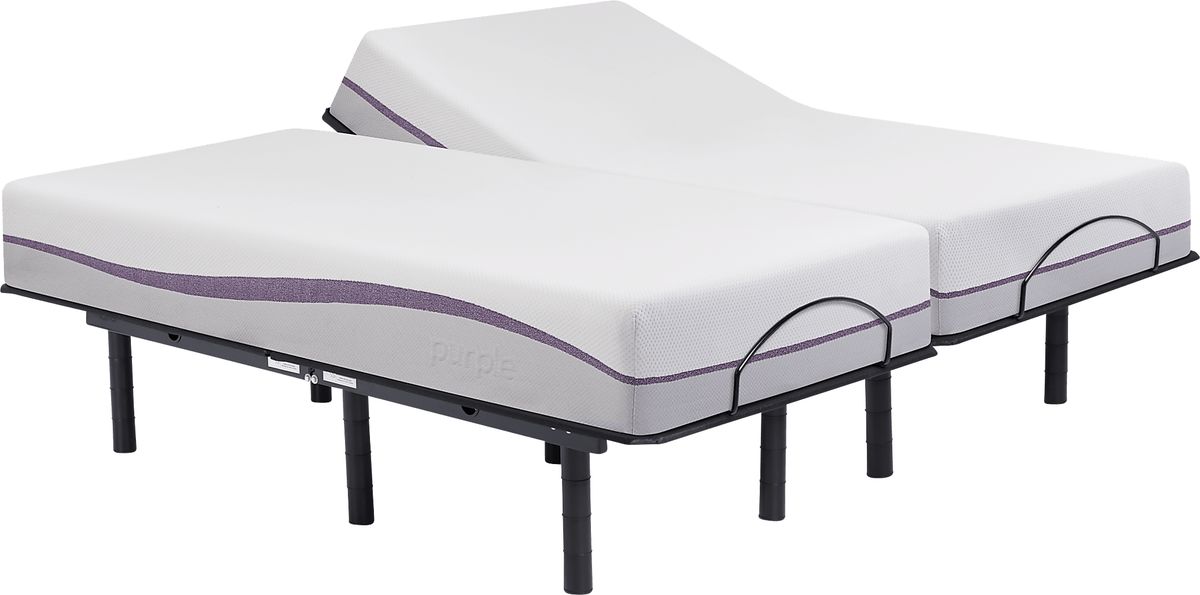If you suspect that your mattress may have bed bugs, it's important to act quickly to prevent a full-blown infestation. The first step is to thoroughly inspect your mattress for any signs of bed bugs. Start by removing all bedding and carefully examining the seams, folds, and crevices of your mattress. Look for small brown or reddish-brown bugs, tiny white eggs, or dark spots that could be bed bug feces. If you see any of these signs, it's likely that your mattress is infested with bed bugs. In this case, it's important to take immediate action to get rid of them before they spread to other areas of your home.How to Check for Bed Bugs in a Mattress
Once you have confirmed that your mattress has bed bugs, it's time to get rid of them. The first step is to isolate the infested mattress by covering it with a plastic mattress cover. This will prevent the bed bugs from escaping and infesting other areas of your home. Next, thoroughly vacuum your mattress, paying special attention to seams and crevices where bed bugs may be hiding. Dispose of the vacuum bag immediately to avoid spreading the bugs. There are also a variety of bed bug sprays and powders available that can be used to kill bed bugs on contact. Be sure to follow the instructions carefully and avoid using these products on your skin or bedding.How to Get Rid of Bed Bugs in a Mattress
To prevent future bed bug infestations, it's important to invest in a high-quality mattress cover specifically designed to protect against bed bugs. Look for covers that are labeled "bed bug proof" or "bed bug certified." These covers are made with tightly woven fabric that prevents bed bugs from escaping or entering your mattress. It's also important to choose a cover that is waterproof and breathable to protect your mattress from spills and stains while still allowing for proper air circulation.Best Mattress Covers for Bed Bug Protection
If your mattress is already infested with bed bugs, there are a few methods you can use to treat it. One option is to steam clean your mattress, as the high temperatures can kill bed bugs and their eggs. However, this method may not be effective in reaching all areas of your mattress. Another option is to use a bed bug spray specifically designed for use on mattresses. These sprays can be used to treat the entire surface of your mattress, including seams and crevices, and can be effective in killing bed bugs on contact.How to Treat a Mattress for Bed Bugs
In addition to visually inspecting your mattress for signs of bed bugs, there are a few other indicators that you may have an infestation. These include waking up with unexplained bites or welts on your skin, rust-colored stains on your sheets or mattress, and a musty odor coming from your mattress. If you notice any of these signs, it's important to take action immediately to prevent the infestation from spreading.Signs of Bed Bugs in a Mattress
The best way to prevent bed bugs in your mattress is to take preventive measures. This includes regularly vacuuming and cleaning your mattress, as well as using a high-quality mattress cover. It's also important to inspect any used mattresses or furniture before bringing them into your home to ensure they are not infested with bed bugs. If you have recently traveled or stayed in a hotel, it's also a good idea to inspect your luggage and clothing before bringing them into your home to avoid bringing bed bugs with you.How to Prevent Bed Bugs in a Mattress
If you are in the market for a new mattress and want to ensure it is resistant to bed bugs, there are a few options to consider. Look for mattresses made with materials that are naturally resistant to bed bugs, such as latex or memory foam. These materials are less hospitable to bed bugs and can make it more difficult for them to hide and thrive. You can also opt for a mattress with a built-in bed bug barrier, such as a mattress with a zippered encasement or a bed bug proof cover.Top Mattresses for Bed Bug Resistance
If your mattress is infested with bed bugs, it's important to clean it thoroughly to get rid of any bugs and their eggs. Start by vacuuming the entire surface of the mattress, paying special attention to seams and crevices. Next, use a bed bug spray or powder to treat the mattress, following the instructions carefully. After treating the mattress, it's important to wash all bedding and any clothing or fabrics that may have come into contact with the infested mattress in hot water and dry them on high heat. This will help to kill any remaining bed bugs and prevent re-infestation.How to Clean a Mattress Infested with Bed Bugs
If you prefer to use natural methods to get rid of bed bugs, there are a few options available. One popular method is to use diatomaceous earth, a non-toxic powder made from fossilized algae. Sprinkle this powder on your mattress and leave it for a few days before vacuuming it up. The powder will dehydrate and kill the bed bugs. You can also use essential oils, such as tea tree oil or lavender oil, to repel bed bugs. Mix a few drops of the oil with water and spray it on your mattress and bedding to deter bed bugs.Natural Remedies for Bed Bugs in a Mattress
In addition to using a mattress cover, you can also invest in a mattress encasement specifically designed for bed bug control. These encasements completely cover your mattress and zip closed, preventing bed bugs from entering or escaping. They are also waterproof and breathable, making them a great option for protecting your mattress from spills and stains. When purchasing a mattress encasement, be sure to choose one that is labeled as bed bug proof and is specifically designed for this purpose.Mattress Encasements for Bed Bug Control
The Dangers of Bed Bugs in Mattresses

What are Bed Bugs?
 Bed bugs are small, reddish-brown insects that feed on the blood of humans and animals. While they do not transmit diseases, they can cause significant discomfort and stress for those who are affected by them. These pests are commonly found in mattresses, as they provide the perfect hiding place and source of food for them.
Bed bugs are small, reddish-brown insects that feed on the blood of humans and animals. While they do not transmit diseases, they can cause significant discomfort and stress for those who are affected by them. These pests are commonly found in mattresses, as they provide the perfect hiding place and source of food for them.
How Do They Get into Mattresses?
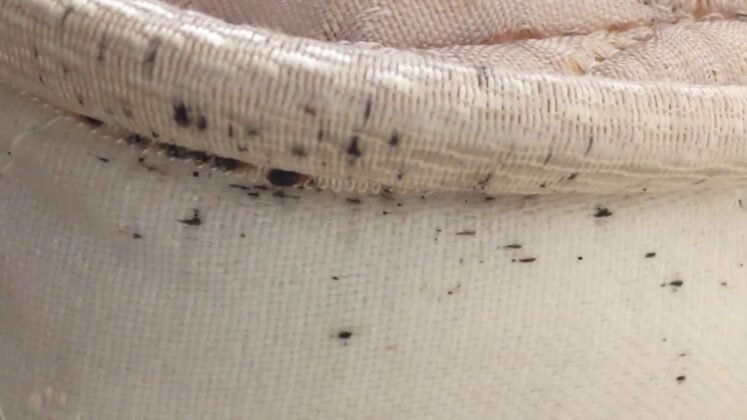 Bed bugs are excellent hitchhikers and can easily be carried into your home through luggage, clothing, and furniture. They can also enter through cracks and crevices in walls and floors, making it easy for them to access your bed. Once inside, they will quickly make their way to the mattress, where they can easily hide and reproduce.
Bed bugs are excellent hitchhikers and can easily be carried into your home through luggage, clothing, and furniture. They can also enter through cracks and crevices in walls and floors, making it easy for them to access your bed. Once inside, they will quickly make their way to the mattress, where they can easily hide and reproduce.
The Dangers of Infested Mattresses
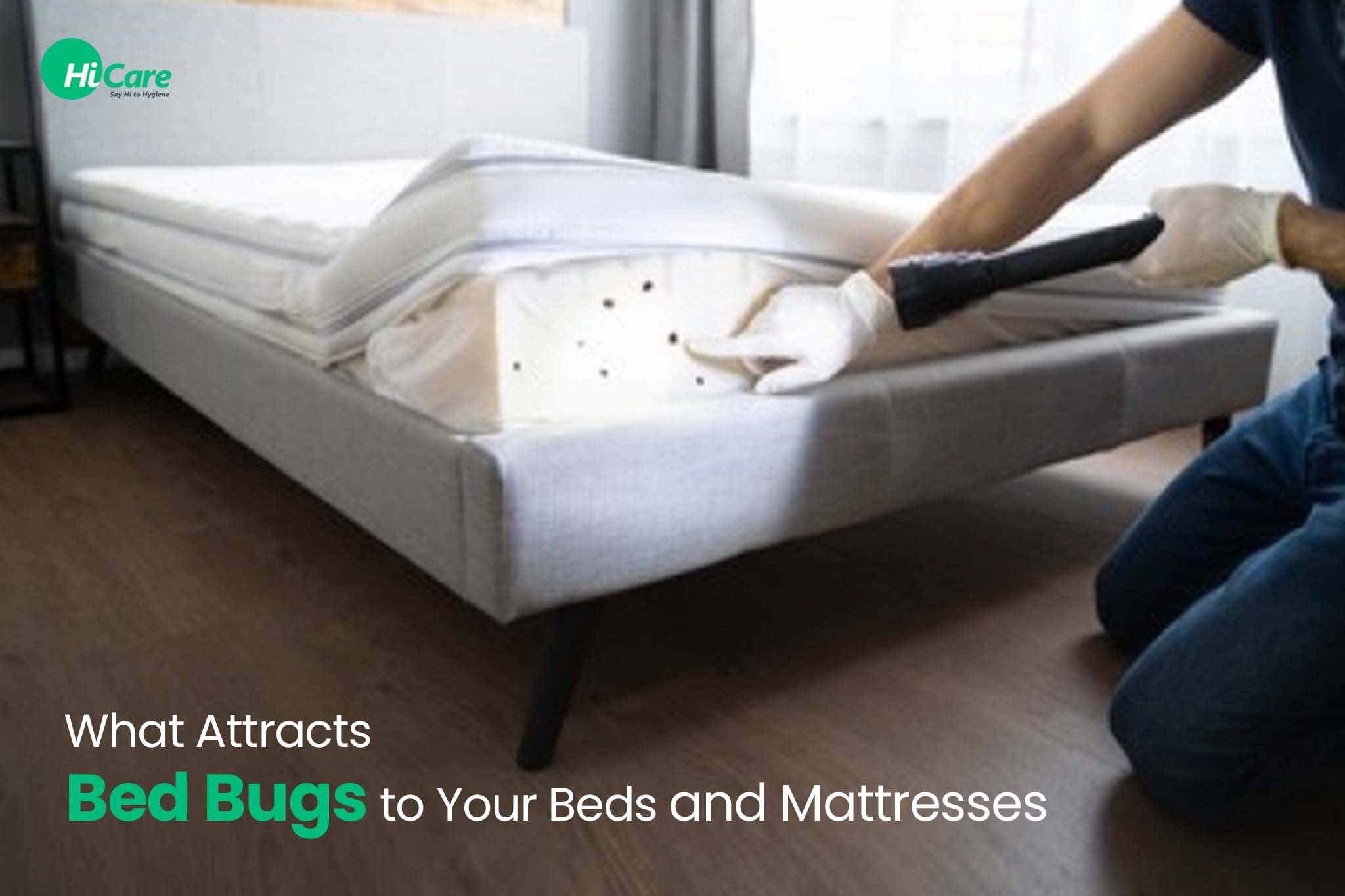 Having bed bugs in your mattress can lead to a range of problems. Firstly, the bites from these insects can cause itching, swelling, and even allergic reactions in some people. This can lead to difficulty sleeping and can also result in secondary skin infections from scratching. Additionally, bed bugs can also cause psychological distress, as the thought of being bitten while sleeping can be anxiety-inducing.
Furthermore, bed bugs are not just confined to the mattress. They can also spread to other areas of your home, such as furniture, clothing, and even walls. This can make it difficult and expensive to fully eradicate them from your home. In severe infestations, professional pest control may be necessary, which can be a costly and time-consuming process.
Having bed bugs in your mattress can lead to a range of problems. Firstly, the bites from these insects can cause itching, swelling, and even allergic reactions in some people. This can lead to difficulty sleeping and can also result in secondary skin infections from scratching. Additionally, bed bugs can also cause psychological distress, as the thought of being bitten while sleeping can be anxiety-inducing.
Furthermore, bed bugs are not just confined to the mattress. They can also spread to other areas of your home, such as furniture, clothing, and even walls. This can make it difficult and expensive to fully eradicate them from your home. In severe infestations, professional pest control may be necessary, which can be a costly and time-consuming process.
Preventing Bed Bugs in Mattresses
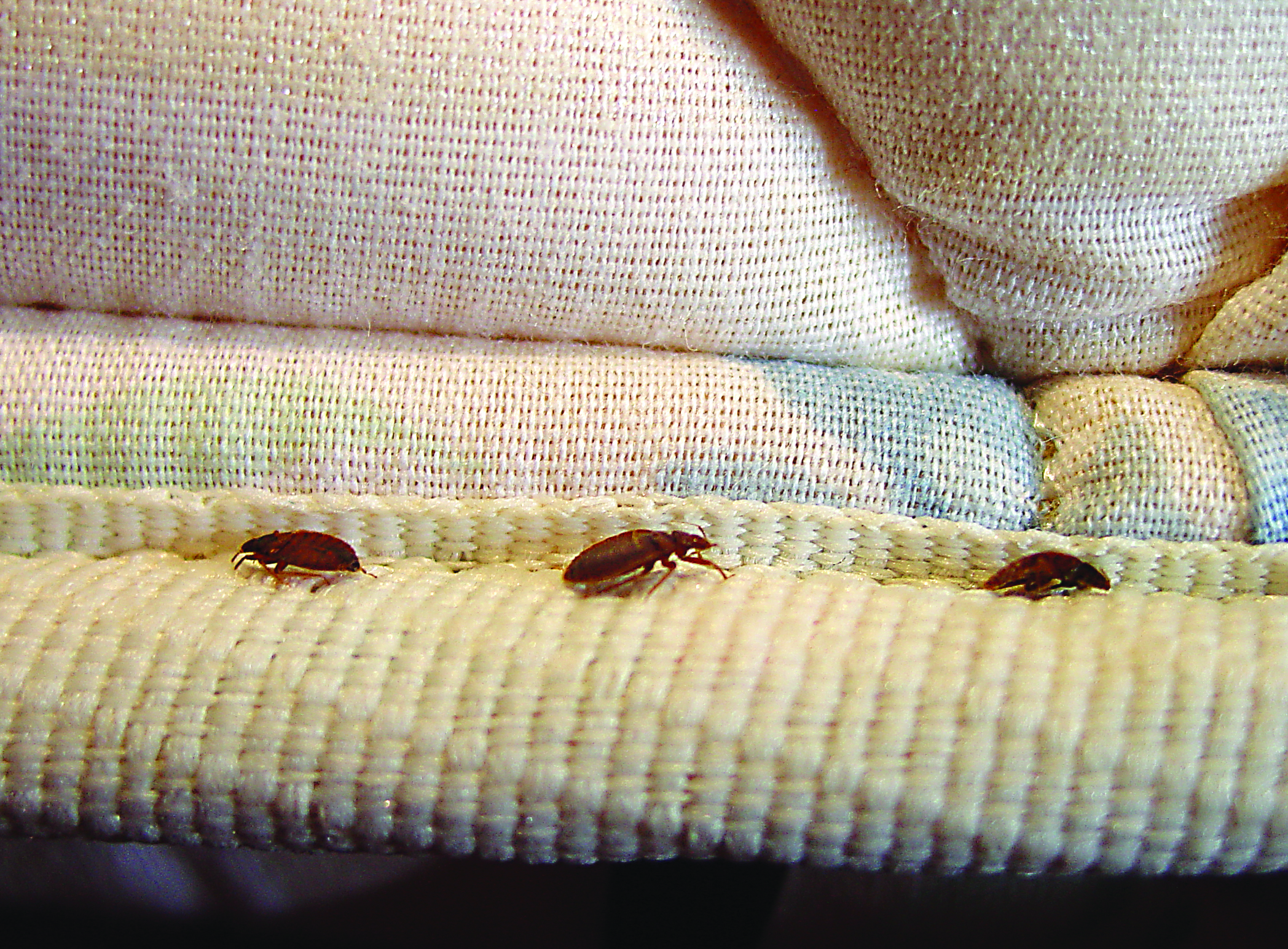 Fortunately, there are steps you can take to prevent bed bugs from infesting your mattress. Regularly inspecting and cleaning your mattress is essential, as it can help you identify and address any potential infestations early on. Additionally, using a mattress encasement can act as a barrier and prevent bed bugs from getting into your mattress. When traveling, always inspect your accommodations for signs of bed bugs, and avoid bringing used furniture into your home without thoroughly checking for infestations.
Fortunately, there are steps you can take to prevent bed bugs from infesting your mattress. Regularly inspecting and cleaning your mattress is essential, as it can help you identify and address any potential infestations early on. Additionally, using a mattress encasement can act as a barrier and prevent bed bugs from getting into your mattress. When traveling, always inspect your accommodations for signs of bed bugs, and avoid bringing used furniture into your home without thoroughly checking for infestations.
In Conclusion
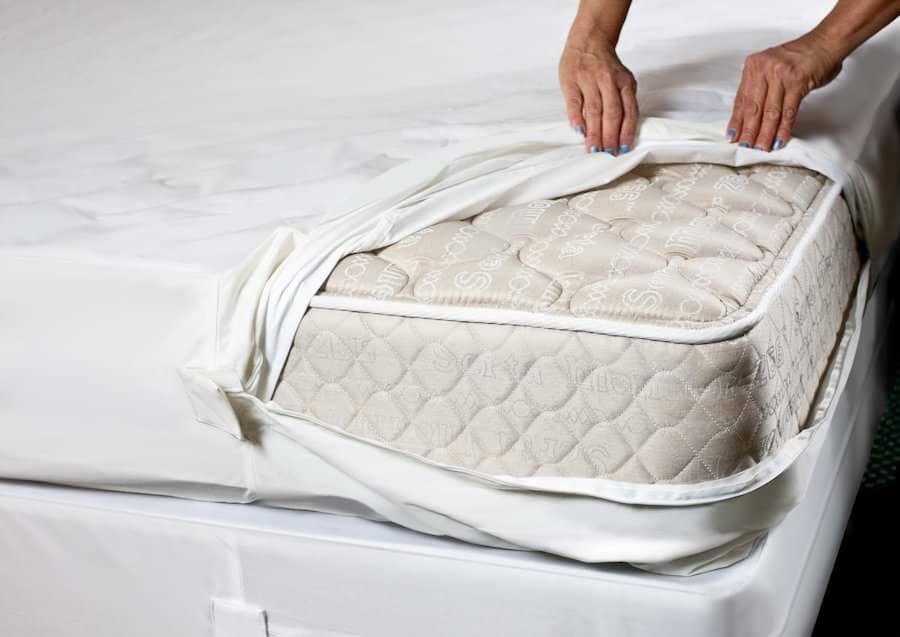 In conclusion, having bed bugs in your mattress can cause significant discomfort and can be difficult to get rid of. Taking preventative measures and regularly inspecting and cleaning your mattress can help keep these pests at bay and ensure a good night's sleep. If you suspect a bed bug infestation, it is best to address it promptly to avoid any further complications.
In conclusion, having bed bugs in your mattress can cause significant discomfort and can be difficult to get rid of. Taking preventative measures and regularly inspecting and cleaning your mattress can help keep these pests at bay and ensure a good night's sleep. If you suspect a bed bug infestation, it is best to address it promptly to avoid any further complications.
